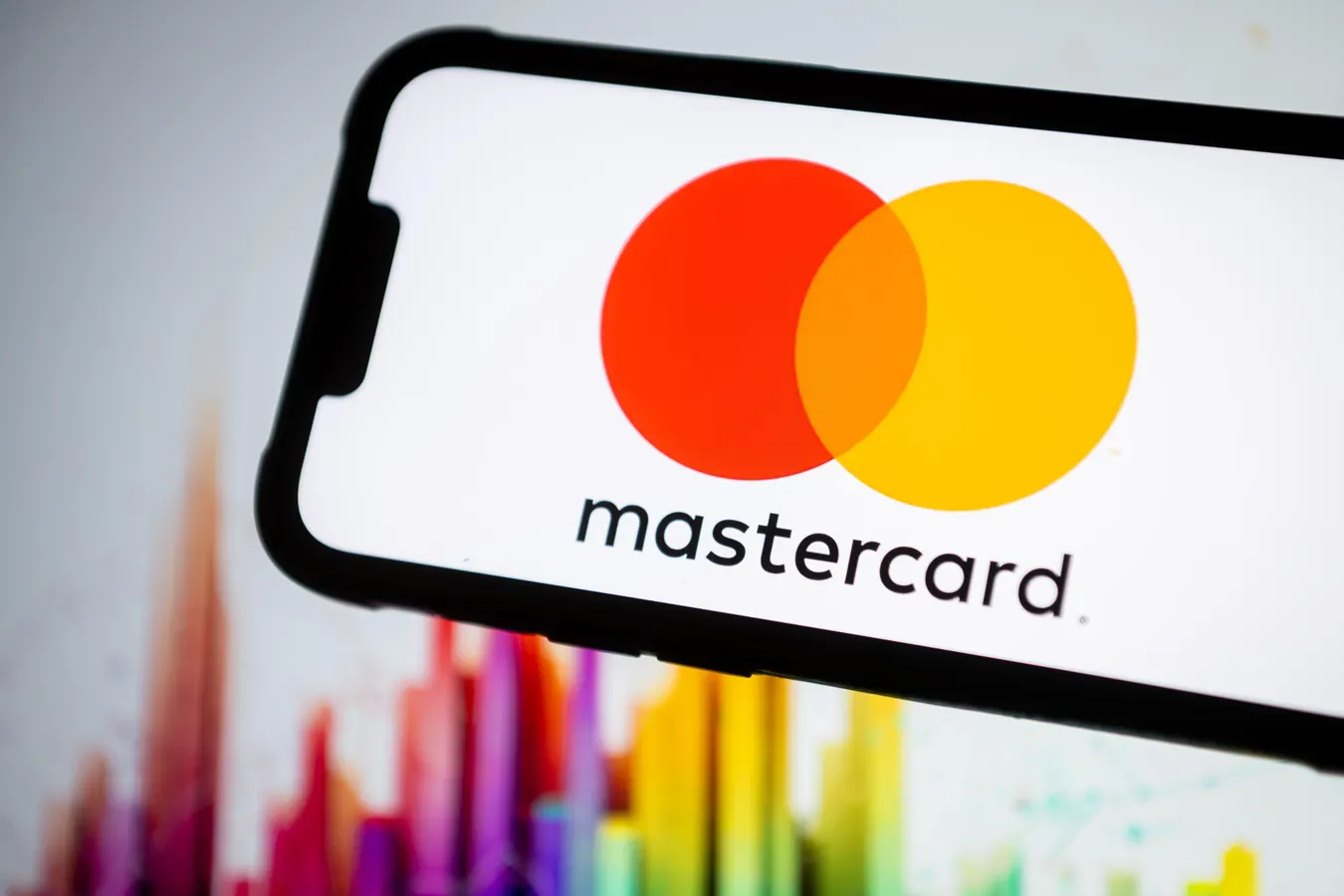By Contributor,Mateusz Slodkowski,Trefis Team
Copyright forbes

Photo Illustration by Mateusz Slodkowski/SOPA Images/LightRocket via Getty Images
SOPA Images/LightRocket via Getty Images
Over the past ten years, Mastercard (MA) stock has returned an impressive $63 Bil to its shareholders in the form of cash through dividends and share repurchases. Let’s analyze some data and see how this payout capability measures up against the largest capital-return corporations in the market.
It turns out that MA stock has reported the 39th highest total return to shareholders in history.
MA Returns to Shareholders
Why should you care? Because dividends and share repurchases are direct, tangible returns of capital to shareholders. They also reflect management’s assessment of the company’s financial stability and ability to sustain cash flows. Additionally, there are more stocks with similar characteristics. Below is a compilation of the top 10 companies ranked by total capital returned to shareholders through dividends and stock repurchases.
Investing in a single stock can be risky, yet there is significant value in a broadly diversified approach. If you are looking for growth with lower volatility compared to holding an individual stock, consider the High Quality Portfolio (HQ) – HQ has surpassed its benchmark, which includes a combination of the S&P 500, Russell, and S&P midcap index, achieving returns over 91% since its launch. Effective risk management is critical – consider what the long-term performance of your portfolio could be if you blended 10% commodities, 10% gold, and 2% crypto with HQ’s performance metrics.
MORE FOR YOU
Top 10 Stocks By Total Shareholder Return
Top 10 Stocks By Total Shareholder Return
For the complete ranking, go to Buybacks & Dividends Ranking
What do you notice here? The total capital returned to shareholders as a percentage of the current market cap seems inversely related to growth prospects for reinvestment opportunities. Companies such as Meta (META) and Microsoft (MSFT) are expanding much more rapidly and in a more predictable manner compared to others, yet they have returned a significantly lower portion of their market cap to shareholders.
This is the flip side of high capital returns. They can be appealing, but you have to ponder the question: Am I compromising growth and sound fundamentals? With that perspective, let’s review some data for MA. (see Buy or Sell Mastercard Stock for additional information)
Mastercard Fundamentals
Revenue Growth: 13.1% LTM and a 13.5% average over the last 3 years.
Cash Generation: Approximately 49.2% free cash flow margin and 58.0% operating margin LTM.
Recent Revenue Shocks: The lowest annual revenue growth for MA in the last 3 years was 12.6%.
Valuation: Mastercard stock trades at a P/E ratio of 39.9.
Opportunity vs S&P: Compared to the S&P, it offers higher valuation, greater revenue growth, and improved margins.
Comparison with S&P500 Medians
This gives a decent summary, but analyzing a stock from an investment standpoint involves much more. This is precisely what Trefis High Quality Portfolio offers. It is structured to mitigate stock-specific risks while providing upside exposure.
MA Historical Risk
However, Mastercard isn’t immune to significant declines. It experienced a drop of about 63% during the Global Financial Crisis, 41% during the COVID pandemic, and nearly 28% during the Inflation Shock. Even the 2018 correction caused a decline exceeding 21%. Robust fundamentals are important, but when the market shifts, declines of 20% or greater are not uncommon, even for strong companies like MA.
Nevertheless, risk isn’t solely confined to major market crashes. Stocks can decline even in favorable market conditions – consider events such as earnings reports, business updates, and outlook modifications. Check MA Dip Buyer Analyses to see how the stock has bounced back from significant downturns historically.
The Trefis High Quality (HQ) Portfolio, comprising 30 stocks, has a history of consistently outperforming its benchmark, which includes all three – the S&P 500, S&P mid-cap, and Russell 2000 indices. Why is that? Collectively, HQ Portfolio stocks have provided better returns with reduced risk compared to the benchmark index; a smoother investment experience, as highlighted in HQ Portfolio performance metrics.
Editorial StandardsReprints & Permissions